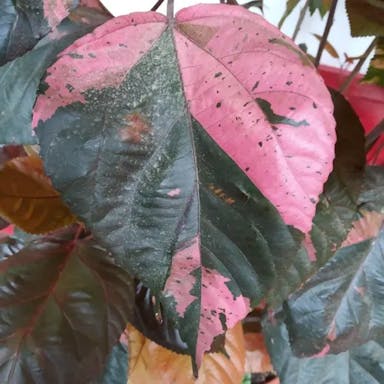Alpine honeysuckle, known as Lonicera alpigena, native to mountains in Europe. Characterized by vines and fragrant flowers. Flowers range white to pale yellow, attract bees and butterflies. Deciduous shrub up to 6 feet, popular for borders and trellises. Produces small, red berries enjoyed by birds. Relatively easy to grow, thrives in well-drained soil and sun. Used in landscaping for ornamental value and wildlife.
0
0












